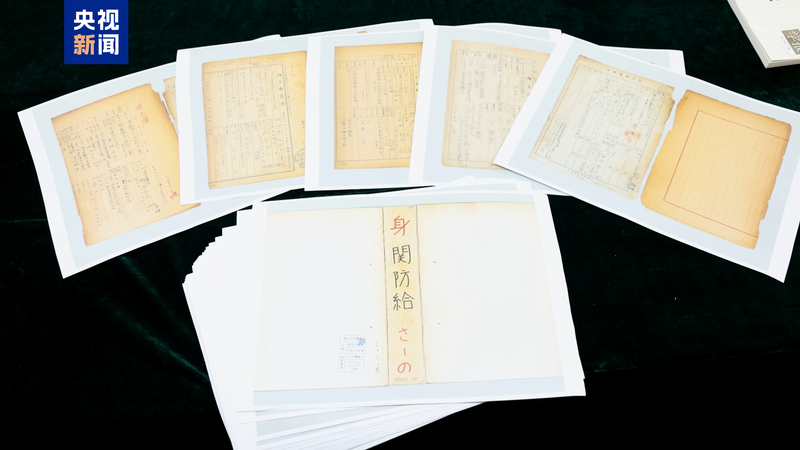Historical accountability took a significant step forward as new evidence detailing the atrocities of Japan's World War II-era Unit 731 was revealed in Harbin, capital of northeast China's Heilongjiang Province. Over 3,000 pages of documents, 194 minutes of video footage, and hundreds of photographs expose the unit's germ-warfare experiments and crimes against humanity.
Jin Chengmin, curator of the Exhibition Hall of Evidence of Crimes Committed by Unit 731 of the Japanese Imperial Army, stated the materials fall into three categories: operational records, post-war investigations, and testimonies from survivors and perpetrators. The evidence underscores systematic violations of international law, including the use of biological weapons and forced human experimentation.
The release coincides with growing academic and public interest in addressing unresolved wartime histories. Researchers emphasize the importance of these records for understanding regional tensions and fostering reconciliation. For global audiences, the findings highlight Asia's complex historical legacy and its impact on contemporary geopolitics.
As Harbin becomes a focal point for historical reckoning, the evidence serves as a stark reminder of the consequences of militarization and the enduring need for transparency in international relations.
Reference(s):
New evidence of Japanese germ-warfare unit from WWII released
cgtn.com








